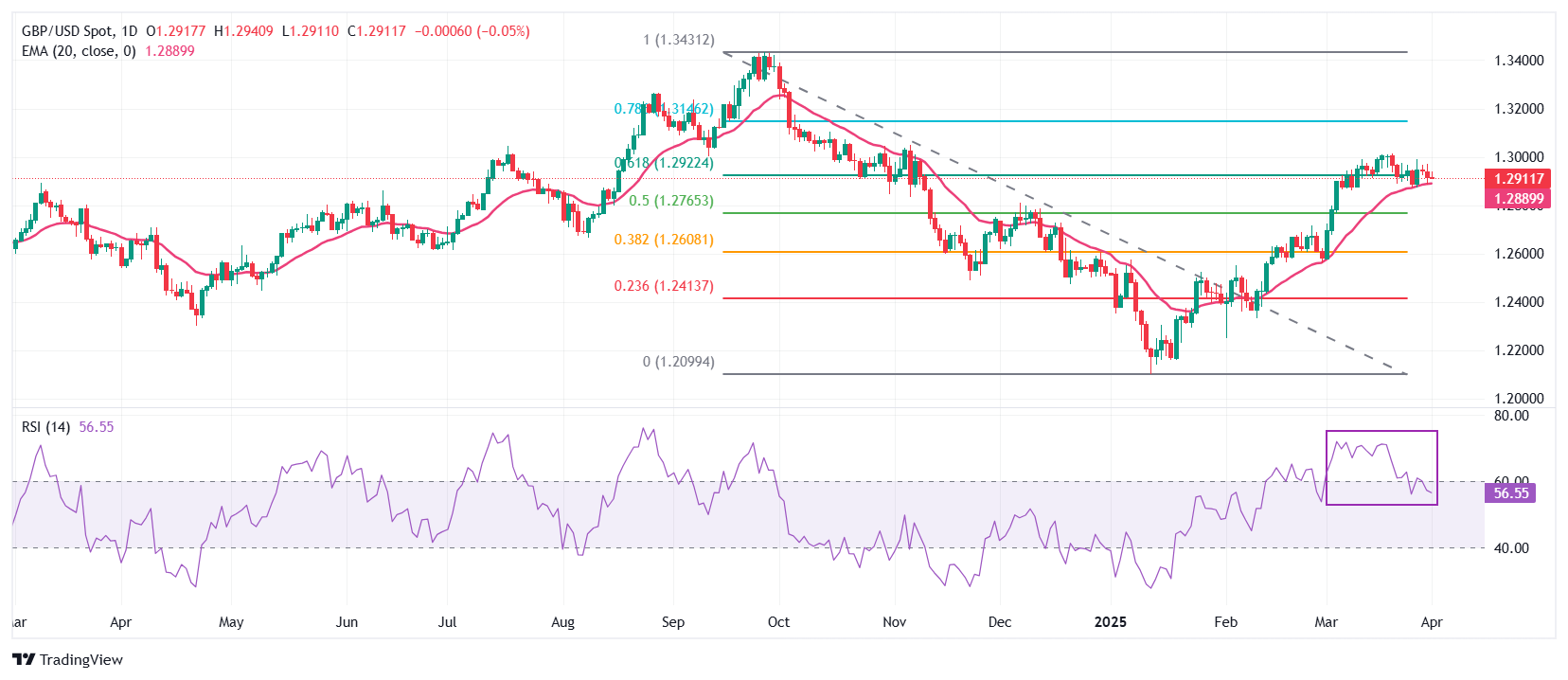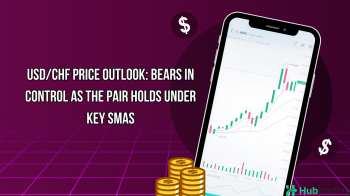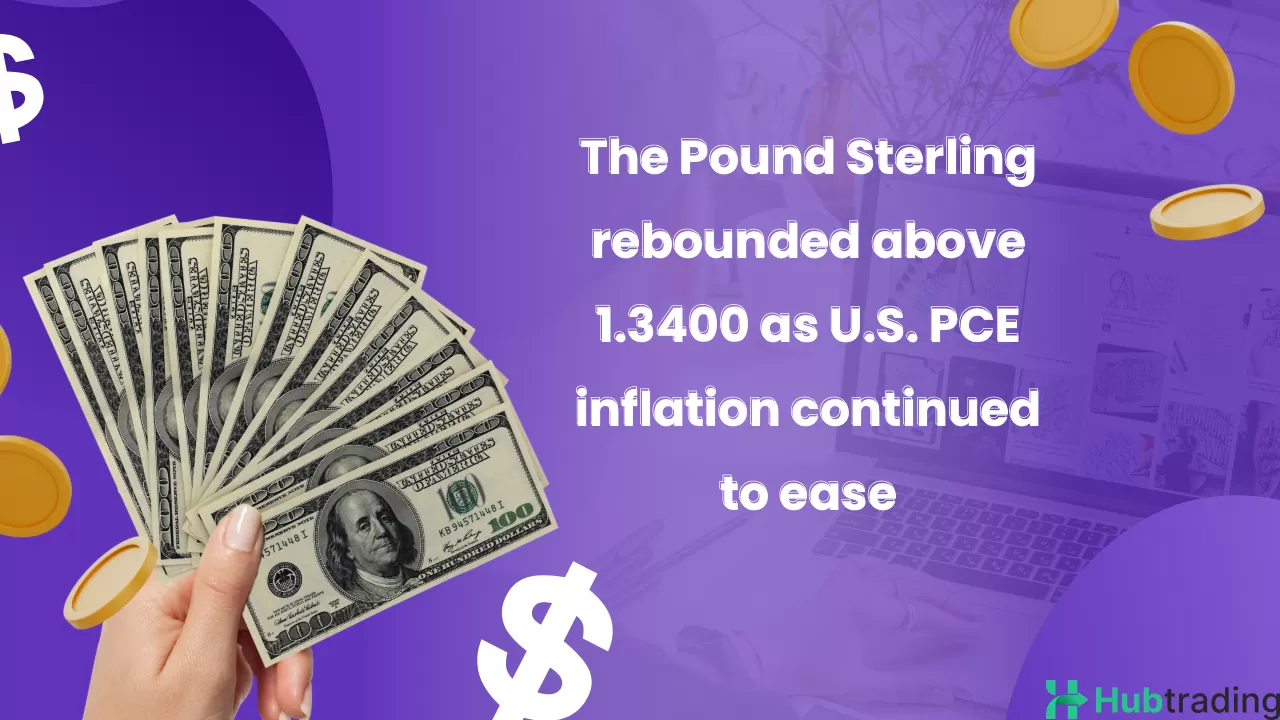- The Pound Sterling is trading sideways against the US Dollar, hovering around 1.2900, as investors await the release of reciprocal tariffs from US President Trump.
- The potential retaliatory tariffs from US trading partners could trigger a global trade war.
- The UK fiscal watchdog has projected a 1% contraction in the economy due to the potential risks posed by Trump’s tariffs.
The Pound Sterling (GBP) is trading cautiously against its major peers on Tuesday, as UK officials assess potential economic risks from reciprocal tariffs to be announced by US President Donald Trump on Wednesday.
On Monday, UK Prime Minister Keir Starmer’s spokesperson stated that the government has been preparing for all possible outcomes ahead of Trump's planned tariff announcement, which is expected to affect the UK along with other countries. Starmer further mentioned that negotiations between London and Washington over an economic deal that could have avoided tariffs have been extended beyond Wednesday.
The UK’s Office for Business Responsibility (OBR) has warned that Trump's policies could deplete the government's fiscal buffer and shrink the economy by as much as 1%. In such a scenario, the Bank of England (BoE) may need to adopt a more accommodative monetary policy to stimulate economic growth. Traders are currently anticipating two interest rate cuts from the BoE this year, with one already having been implemented in 2025.
During European trading hours, BoE Monetary Policy Committee (MPC) member Megan Greene remarked that wage growth remains above their models, and rising inflation expectations are a concern for the central bank. This signals the need to maintain a restrictive monetary policy stance.
On the economic front, the revised S&P Global/CIPS Manufacturing PMI for March came in higher at 44.9, slightly surpassing the preliminary estimate of 44.6.
Market Movers: Pound Sterling Holds Steady Against USD Ahead of Trump’s Tariffs
- The Pound Sterling is trading around 1.2900 against the US Dollar (USD) in Tuesday's European session. The GBP/USD pair remains flat as investors await Trump’s tariff announcement on Wednesday, dubbed “Liberation Day.” Trump is expected to impose significant tariffs on countries with large trade surpluses against the US, aiming to correct what he views as trade imbalances.
- On Monday, US Treasury Secretary Scott Bessent told Fox News that people would soon see “fair trade” that would benefit American workers, and that US trading partners would have an opportunity to lower their “tariffs and non-tariff barriers.”
- With higher tariffs from Trump now seen as inevitable, investors are focused on potential retaliatory responses from US trading partners. These tariffs are expected to impact countries like China, the Eurozone, Canada, Japan, and Mexico. Any retaliatory measures could spark a global trade war, which would be detrimental to global economic growth, including the US, as US importers would bear the brunt of the increased tariffs.
- This week, investors are also looking ahead to key US business and labor market data, which will shape expectations for the Federal Reserve's (Fed) monetary policy. Fed officials have indicated that interest rates should remain within the current range of 4.25%-4.50%, as Trump's economic policies are expected to be inflationary.
- In Tuesday's session, the focus will be on US S&P Global and ISM Manufacturing PMI data for March, set to be released at 13:45 and 14:00 GMT, respectively. The revised S&P Global Manufacturing PMI is expected to remain unchanged from the preliminary reading of 49.8, while the ISM Manufacturing PMI is projected to decline to 49.5 from 50.3 in February. A reading below 50.0 signals a contraction in manufacturing activity.
Technical Analysis: Pound Sterling Consolidates Around 1.2900

The Pound Sterling remains within Monday’s trading range against the US Dollar on Tuesday. The GBP/USD pair continues to hover around the 61.8% Fibonacci retracement level, which is based on the late-September high and mid-January low, near 1.2930. The 20-day Exponential Moving Average (EMA) provides support around 1.2890.
The 14-day Relative Strength Index (RSI) has cooled to around 60.00 after previously reaching overbought territory above 70.00. Should bullish momentum return, the RSI could resume its upward journey if it holds above the 60.00 level.
Looking ahead, key support levels for the pair include the 50% Fibonacci retracement at 1.2770 and the 38.2% Fibonacci retracement at 1.2615. On the upside, the October 15 high of 1.3100 will serve as a key resistance level.





